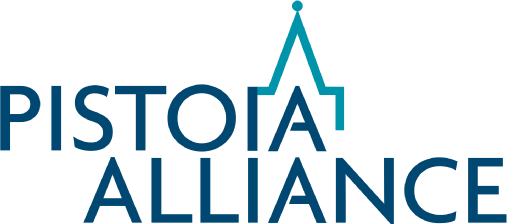The AbVance project aims to accelerate biologics drug discovery by increasing knowledge of antibody structures in the public domain
Boston, 8th November, 2017: The Pistoia Alliance, a global, not for profit alliance that works to lower barriers to innovation in life sciences R&D has announced today that its project to increase knowledge of antibody (Ab) structures has reached its first major milestone – 12 antibody structures have been deposited into the European Bioinformatics Institute’s (EMBL-EBI) Protein Data Bank (PDB). The goals of the project are to generate novel Ab structures and improve Ab structural data sharing across the life sciences. This will increase researchers’ predictive power and their ability to accurately model Ab structures; considerably reducing the time and cost associated with generating experimental data to support decision-making in drug projects.
“Humans are capable of producing 10 billion distinct Ab molecules, and currently there are only about 3,000 Ab structures in the public domain. Thus, considerable gaps still exist in our structural understanding of a typical human Ab repertoire,” commented Dr. Richard Norman, Project Manager. “This data is fundamental in drug discovery and we need to close this gap in our knowledge, which is why the Pistoia Alliance AbVance Project is of particular importance.”
The availability of accurate Ab structural information is key to the design of high quality candidates during the discovery of biologic drugs. At present, when this information is missing, researchers have two main options to generate the data. The first is to experimentally determine the Ab’s 3D structure, which is usually done by X-Ray crystallography – this option is resource intensive, costly and is not guaranteed to work. The second is to generate a model using an existing Ab structure from the PDB as a template – this option is fast and cost effective, but relies on the template structure having a high degree of similarity to the unknown structure to ensure accurate results. Due to the current gaps in our understanding of Ab structures, this accuracy cannot always be achieved – resulting in companies not pursuing particular avenues of research.
“Our efforts in this space, like all of the projects we undertake, aim to make life easier for the whole life science sector – from academia, to research, to commercial settings. We now require wide participation from pharmaceutical and biotech organisations,” commented Dr. Steve Arlington, President, The Pistoia Alliance. “This will not only amplify research budgets by pooling knowledge, but will advance Ab modelling throughout the industry, and ultimately have an impact on drug discovery. We need more structures in the public domain, and this will only be achieved by a greater willingness to share data between and within organisations.”
This release of data into the PDB marks the first important step in the AbVance project. A preliminary analysis of these data by the Pistoia Alliance AbVance Project team shows that even where the structures released today are similar to those already available in the PDB, there are some subtle differences which could be of key importance. The Pistoia Alliance AbVance Project team has identified a further set of Ab structures; it is now encouraging other organisations to become involved with the project, and support the next release of data planned for Q1 2018. The project team is also working on generating novel structural information for release towards the end of 2018. For more information on how to get involved in the Pistoia Alliance AbVance Project, please visit: http://www.pistoiaalliance.org/abvance/.
— ENDS –
About The Pistoia Alliance
The Pistoia Alliance is a global, not-for-profit members’ organization made up of life science companies, technology and service providers, publishers, and academic groups working to lower barriers to innovation in life science and healthcare R&D. It was conceived in 2007 and incorporated in 2009 by representatives of AstraZeneca, GSK, Novartis and Pfizer who met at a conference in Pistoia, Italy. Its projects transform R&D through pre-competitive collaboration. It overcomes common R&D obstacles by identifying the root causes, developing standards and best practices, sharing pre-competitive data and knowledge, and implementing technology pilots. There are currently over 80 member companies; members collaborate on projects that generate significant value for the worldwide life sciences R&D community, using the Pistoia Alliance’s proven framework for open innovation.
